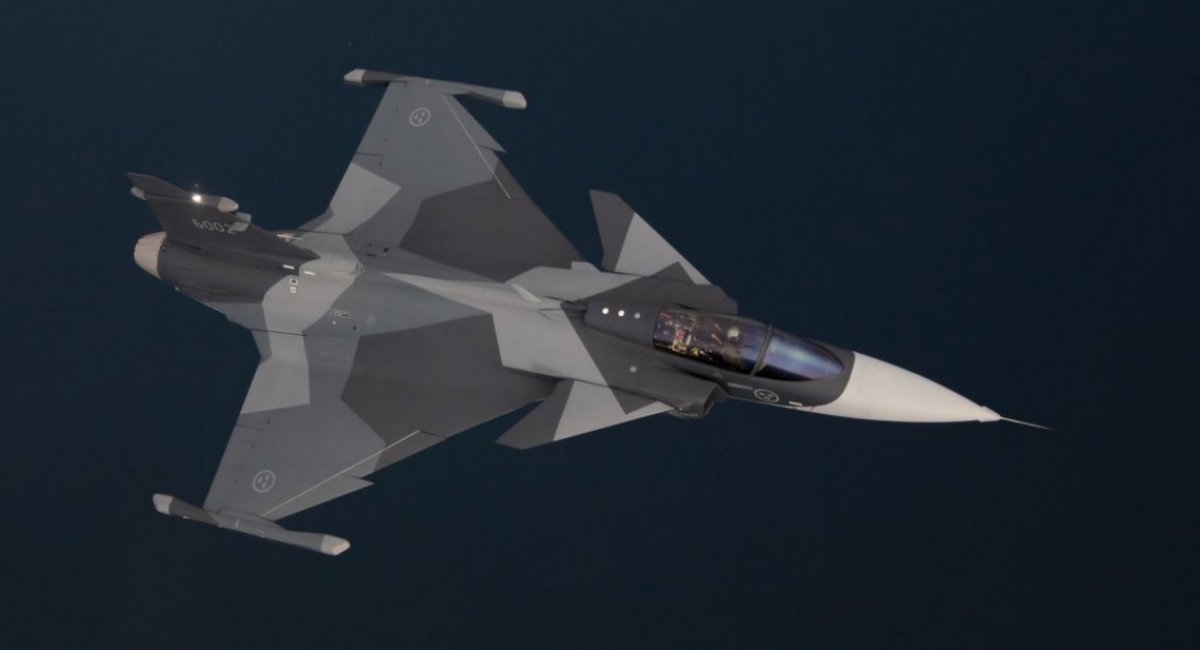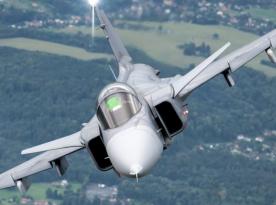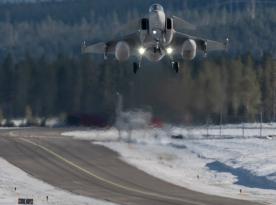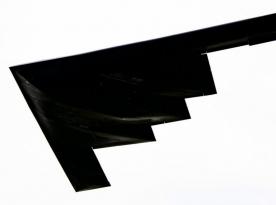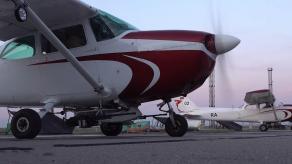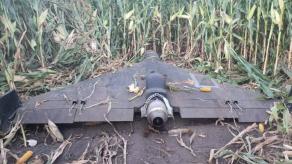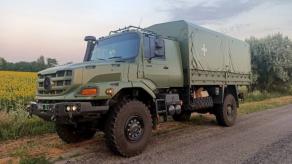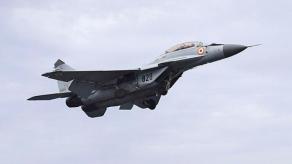The joint sixth-generation fighter project FCAS, developed by France, Germany, and Spain, is reportedly on the brink of collapse. As a result, Germany is already preparing a so-called Plan B, which appears to involve cooperation with another free European aircraft manufacturer Sweden, best known for its JAS 39 Gripen.
According to Hartpunkt, the two countries are currently in discussions, as both find themselves in a similar position. Developing a new fighter independently is questionable, while purchasing an existing aircraft could lead to a loss of key competencies in their domestic aerospace industries.
Read more: Boeing Strike Since August Leaves Future F-15EX Deliveries Uncertain
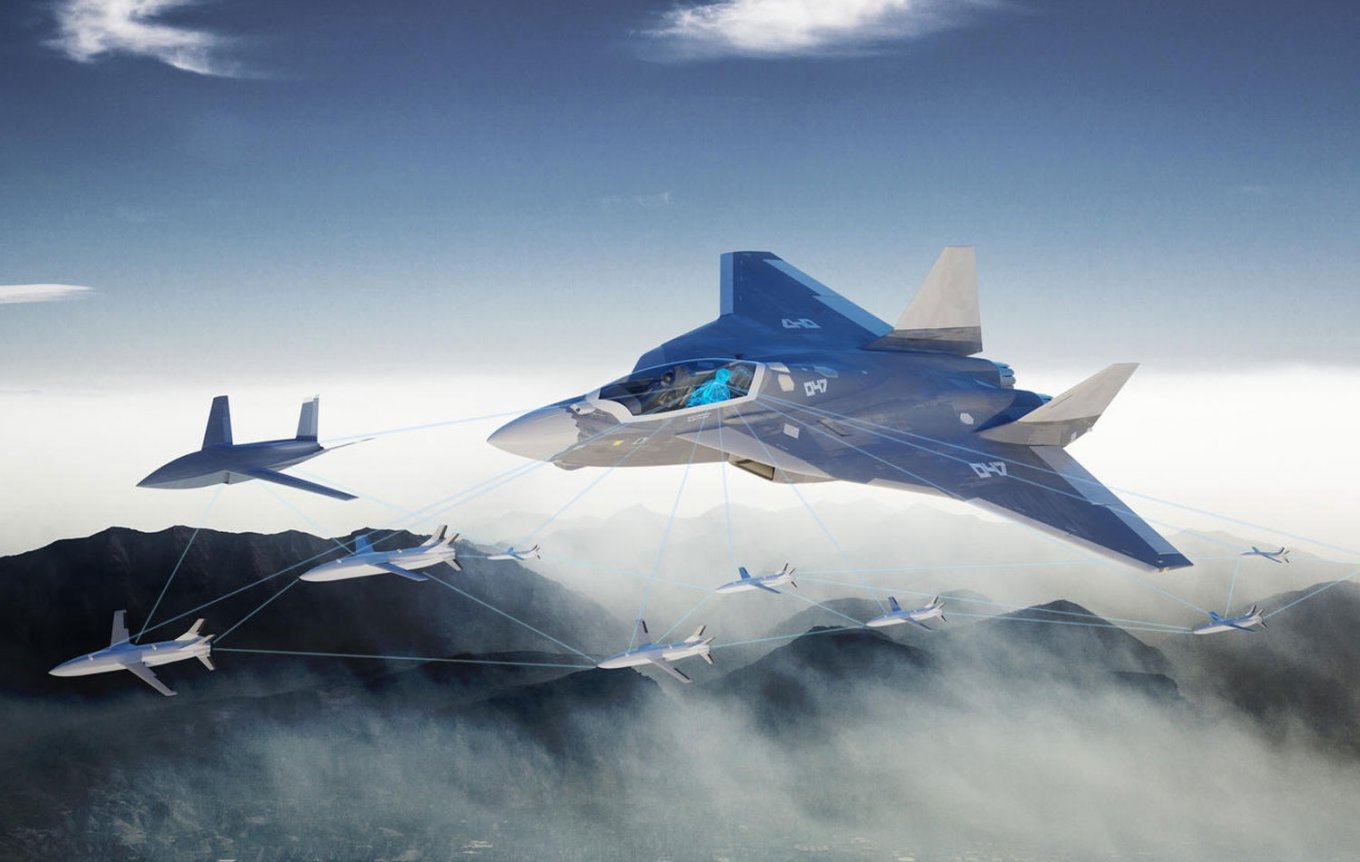
Reportedly, Germany's Airbus Defense and Space and Sweden's Saab are already consulting on a potential joint project. Such cooperation would benefit both sides by combining funding, advanced technologies, and industrial experience.
Interestingly, the talks cover not only a conventional manned fighter but also an unmanned system under the name CCA (Collaborative Combat Aircraft). Work on this drone project could begin soon, with an expected operational capability by 2032.
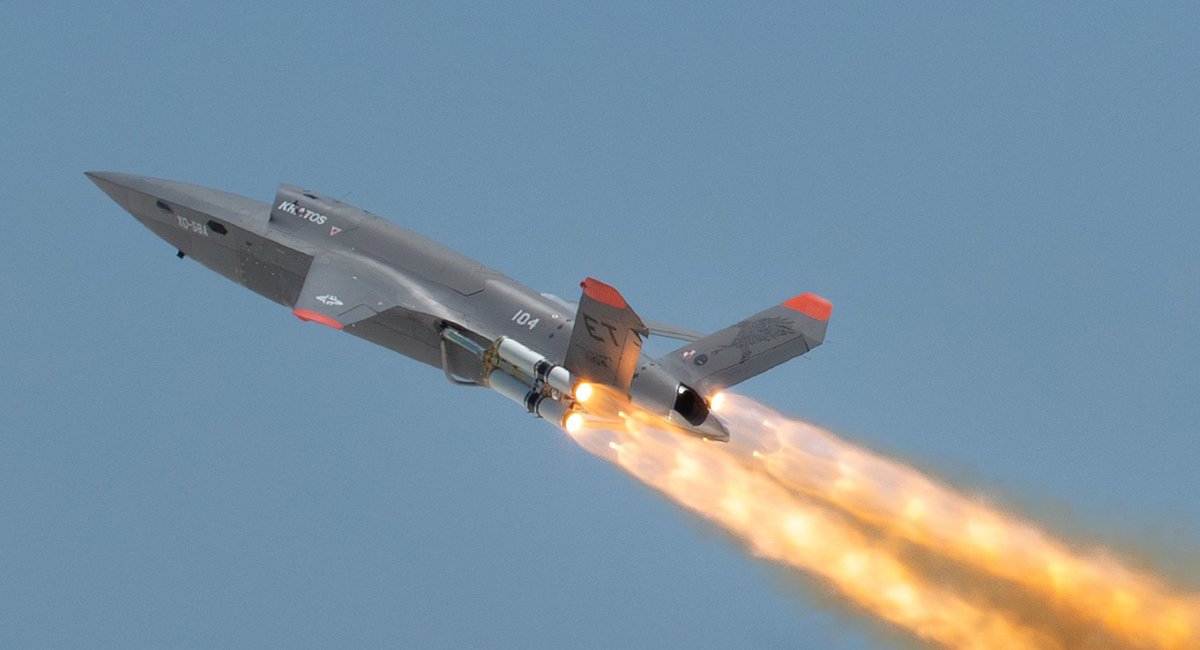
To accelerate development, Airbus plans to purchase American XQ-58A Valkyrie drones as test platforms. These will be used to trial various systems, including control software, mission planning, weapon integration, and interoperability with existing aircraft.
Overall, cooperation between Germany and Sweden on a next-generation fighter would be a logical step, given their expanding defense ties in recent years. For instance, Saab has been tasked with modernizing Germany's F123 frigates, while its GlobalEye airborne early warning aircraft is being considered to enhance the Luftwaffe's surveillance capabilities.
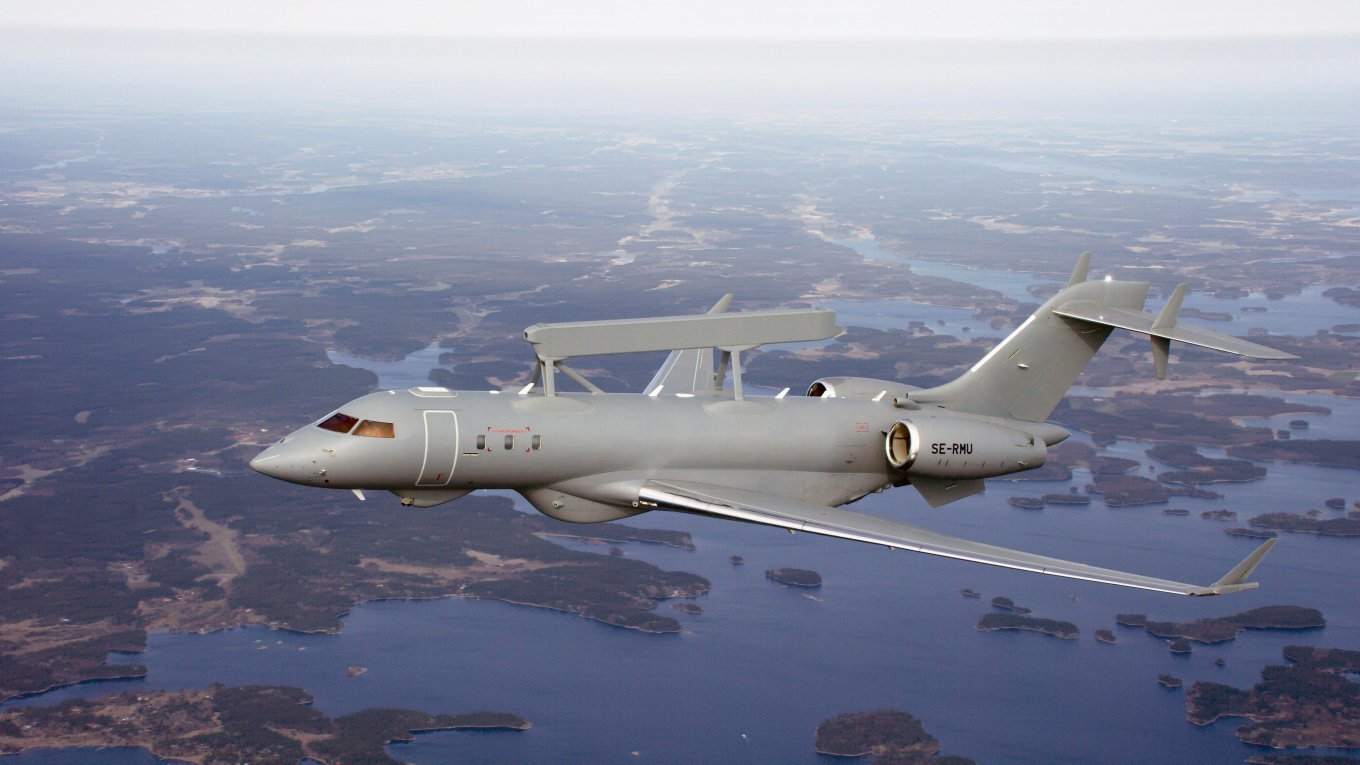
Conversely, Sweden has ordered Iris-T SLM surface-to-air missile systems, which have proven highly effective in Ukraine. Saab has also demonstrated its openness to collaboration through its joint development with Boeing of the T-7A Red Hawk jet trainer.
This suggests that, in the face of the seemingly inevitable collapse of FCAS, Germany is already preparing a contingency plan to develop its own sixth-generation fighter. Some analysts have speculated that Berlin might join the British-Italian-Japanese GCAP program, but that partnership appears already well-defined and not eager to share a seat at the table.
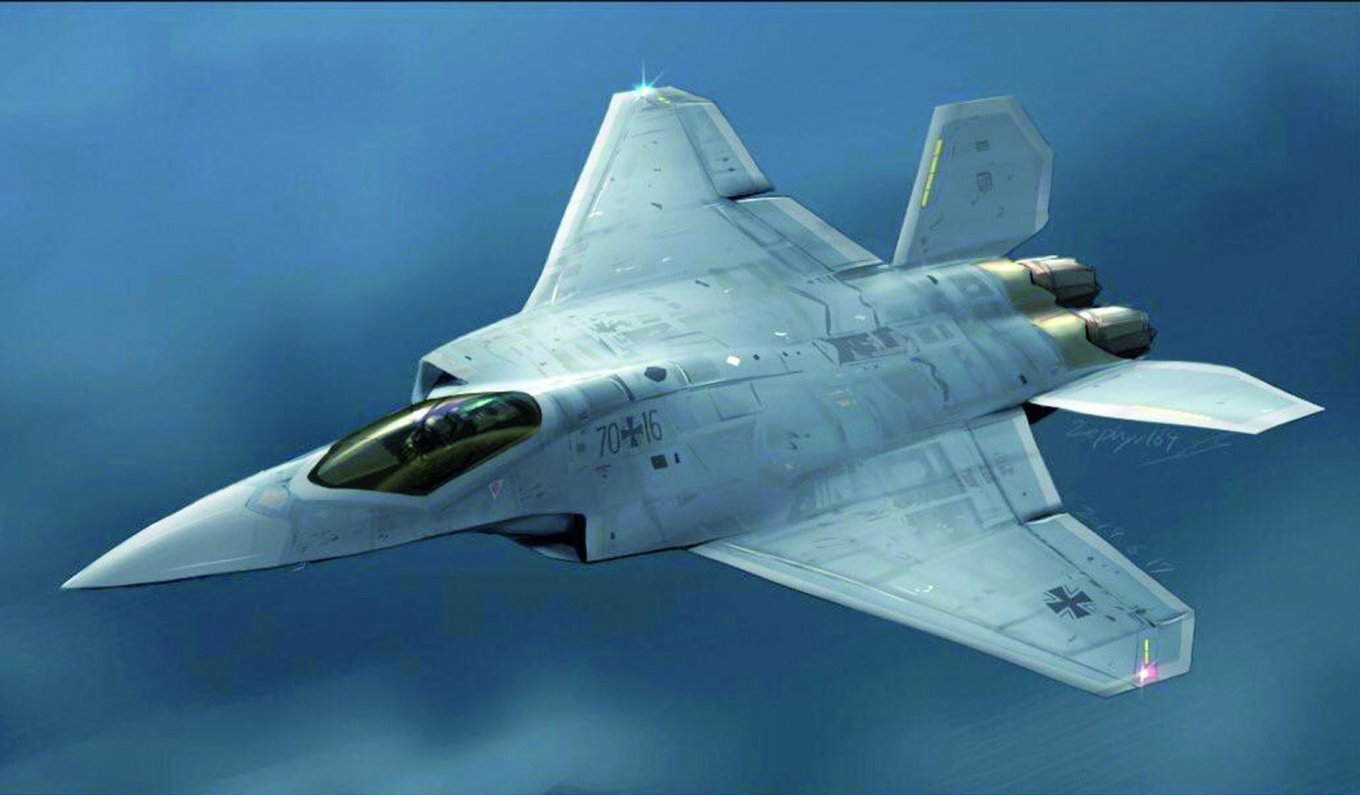
As for Germany's current FCAS partners, France could theoretically continue the project alone, much like it did with the Rafale, especially given its potential participation in India's fifth-generation fighter program. Spain, however, would be in a far more difficult position: after rejecting the F-35, FCAS became the cornerstone of its future air force modernization plans, although Madrid has recently shown interest in Türkiye's KAAN fighter.
Read more: Ukrainian Air Defenders Shoot Down russian Iskander-K Cruise Missile over Sumy Region (Video)




